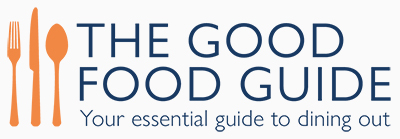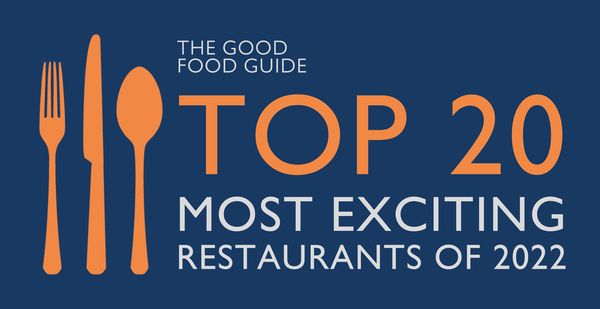In the spring of 1985, I received a telephone call from The Good Food Guide, inviting me to do some writing for them. I already knew the editor – a lean, lanky, feisty chap named Drew Smith – and had picked his brains about many things gastronomic (including the availability of guinea fowl in the UK) for a book project I was working on.
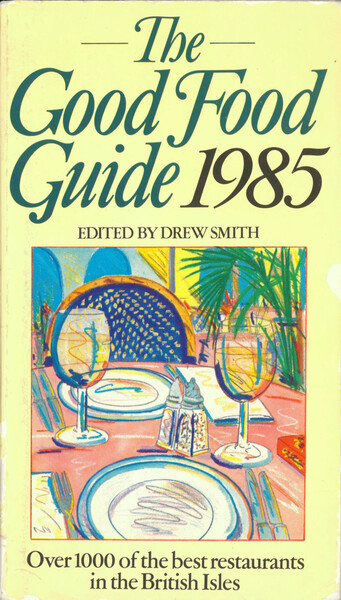
Having just recovered from a four-year stint as guide supremo Egon Ronay’s chief in-house copywriter (and occasional ghost writer), I knew the score, but the GFG was a very different kettle of crustacea. At that time, the Guide was owned by the Consumers’ Association (later Which?) but its office was a separate entity, a clandestine hideaway across the road from the company’s then HQ on Buckingham Street, just a stroll from Charing Cross station. The GFG was secreted behind an anonymous, unmarked door; inside, a perilous spiral staircase led up to two ramshackle interconnecting rooms stuffed with files, cookbooks, guides and magazines.
As king of the hill, Drew was a food writer who fired words onto the page like machine-gun bullets. Garbed in blue jeans and vintage red Kicker boots, he was a cool customer whose streetwise charisma gave the Guide a new edge. He also knew how to communicate with the media – he could speak their language and he made sure that the GFG got noticed in all the right places.
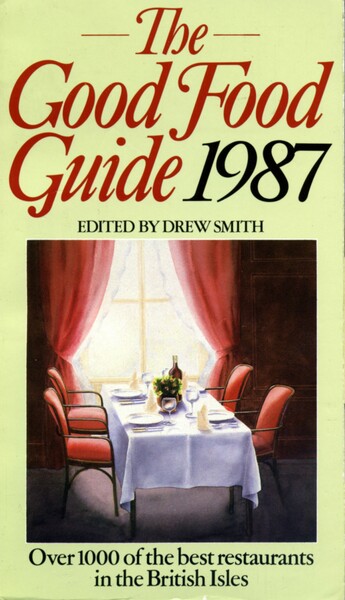
By contrast, his lieutenant was a young poet-turned-food writer with an angelic face and a wicked sense of humour by the name of Jeremy Round. Once dubbed ‘the man who ate everything’, he was the very embodiment of an articulate, inquisitive ‘foodie’, years before the term was first coined. Sadly, Jeremy died unexpectedly in 1989; he was 32 years old. With hindsight, we underestimated his value in developing the guide as a mouthpiece for serious gastronomic debate. He wrote just one book (The Independent Cook) but, following his death, the Guild of Food Writers created the Jeremy Round Award for Best First Book in his honour.
Friends and allies of the GFG were often drafted in to help with logging the reams of reports that arrived in the post each day – pages ripped from the back of the Guide, sheaves of foolscap paper stapled together, scribbled postcards and other jottings. It was strictly old school, although we did have access to primitive word processors and dot-matrix printers, which could spew out voluminous spreadsheets for individual restaurants. The office also saw a parade of visitors – in-the-know critics, writers, bon viveurs and gastronomic luminaries dropped by regularly to chew the fat with Drew and co.
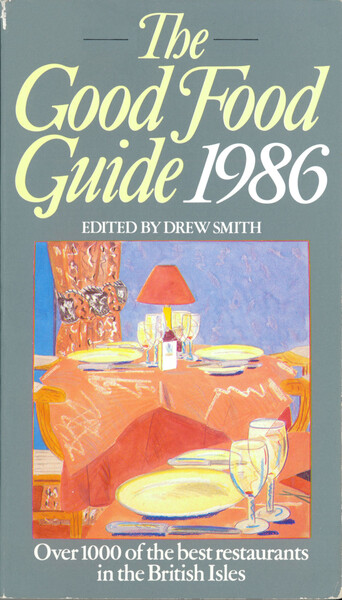
Often, the place felt like a cloak-and-dagger underground magazine rather than the offices of a prestigious national guide. As self-appointed gastro-agitators, we were hell-bent on revolutionising British restaurants and the rituals of eating out. No half measures would suffice. And Drew had the mantras, slogans and rallying calls that would drive things along.
His first masterstroke was the ‘Real Food Campaign’. It sounds passé now, but in the mid-80s this was serious stuff. Launched in 1984 to pinpoint restaurants that did not use processed food, it quickly snowballed into an almost evangelical obsession with fresh ingredients, true flavours, and home-produced provisions. I vividly remember Jeremy quizzing one chef about his tomato purée: ‘Do you make it yourself, or not?’ he demanded menacingly over the phone.
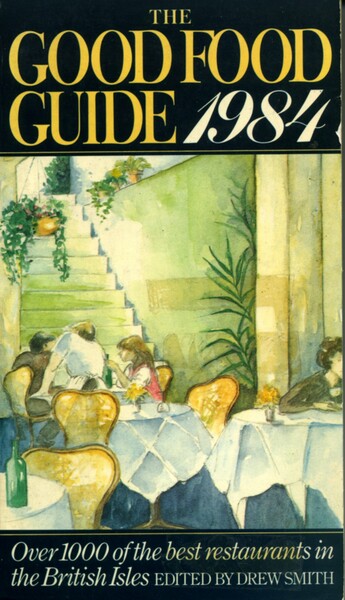
In the wake of the Real Food Campaign, the notion of ‘Modern British’ cooking was flagged up in the 1987 edition of the Guide. It signalled the first stirrings of a genuinely contemporary, indigenous cuisine based on native produce and fuelled by a new breed of tigerish young British chefs. Its themes were regionality, the seasons, the market, the garden, and our deep-rooted culinary traditions, leavened with relishes and spices. It was also a celebration of the crafts and skills of independent cheesemakers, bakers, fish smokers, bacon curers and the like – although this new-found interest in producers, farms, shops, and markets had already found voice in The Good Food Directory (1986).

The GFG itself became more casual, more colloquial, more populist and more engaged without dumbing down or diluting its critical acumen. It was also committed to ‘levelling up’ before the idea became a political hot potato. Lesser-known enclaves ‘north of Watford Gap’ had their moment in the sun, with many affordable places also earmarked for two new spin-off publications: The Budget Good Food Guide (1986/87) and Cheap Eats (1988).
Of course, our business was eating as well as writing, so each day was peppered with repasts. Lunch with Drew often meant a stroll up to Soho Chinatown for some superior dim sum; with Jeremy, it was generally an ‘official’ visit to a new venue (he was nominally in charge of inspections) – that said, his not-so-secret guilty pleasure was takeaway burgers. After work, we often decamped, journo-style, to the labyrinthine basement cellars of Gordon’s Wine Bar in nearby Villiers Street before heading to yet another restaurant for yet another plate of food.
Since then, editors have come and gone (Tom Jaine, Jim Ainsworth, Andrew Turvil), but the Guide has stayed true to its principles. Trusty (if over-used) buzzwords such as ‘fresh’, ‘local’ and ‘seasonal’ are still relevant, while the wordsmith’s lexicon now includes of-the-moment tags including ‘artisan’, ‘organic’, ‘eco-friendly’, ‘sustainable’, ‘provenance’ and ‘nature’.
The restaurant hierarchy has been shaken up too: those once-imperious shrines to highfalutin haute cuisine have been supplanted by a growing band of top-end egalitarian eateries and a battalion of chefs serving spirited contemporary food without frontiers. Consider Simon Rogan creating ‘Modern British’ miracles of nature on the plate at L’Enclume in Cumbria, or Nathan Outlaw, inspired by local seafood in Cornwall, or Stephen Harris heroically conjuring ‘real food’ for our times at The Sportsman pub on the Kent coast between Faversham and Whitstable.
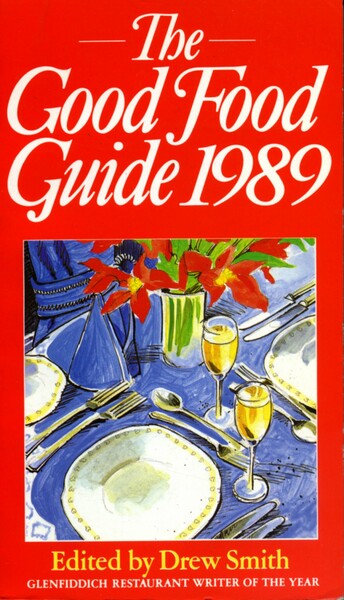
It's an ever-changing landscape, but one thing is certain: pitched midway between the era of Raymond Postgate (founder of the Guide) and the new world of CODE Hospitality, the Buckingham Street years will always hold a special place in the annals of The Good Food Guide.
